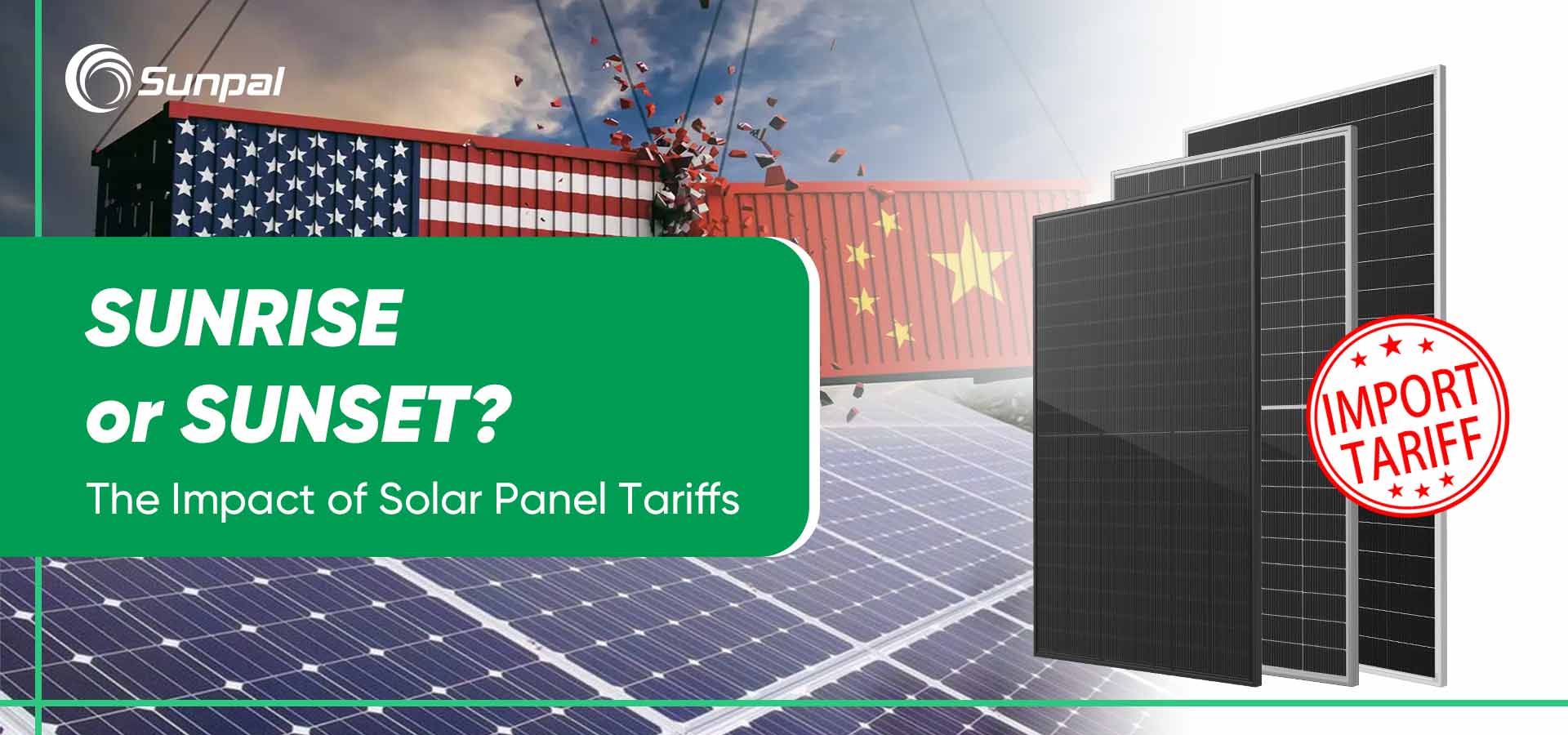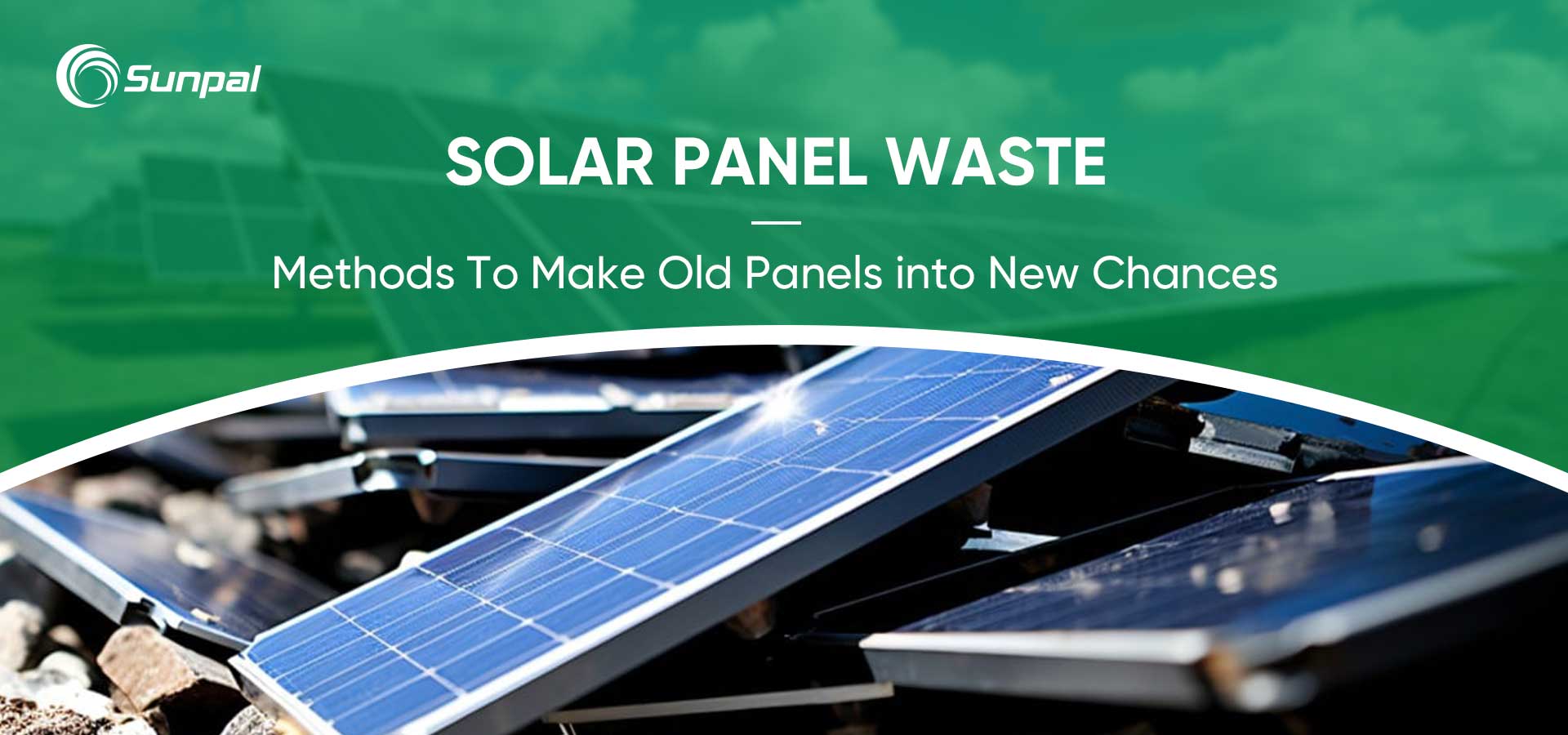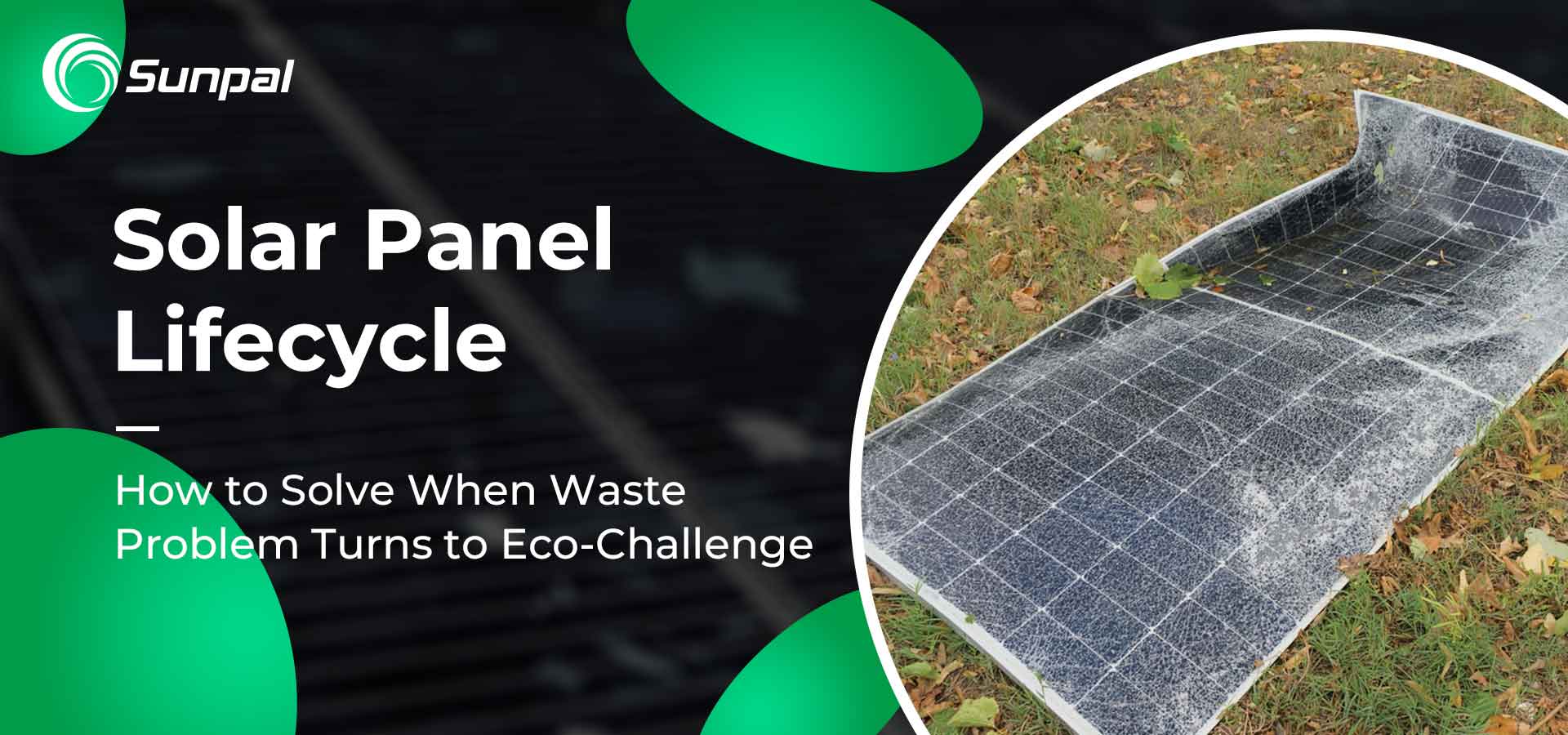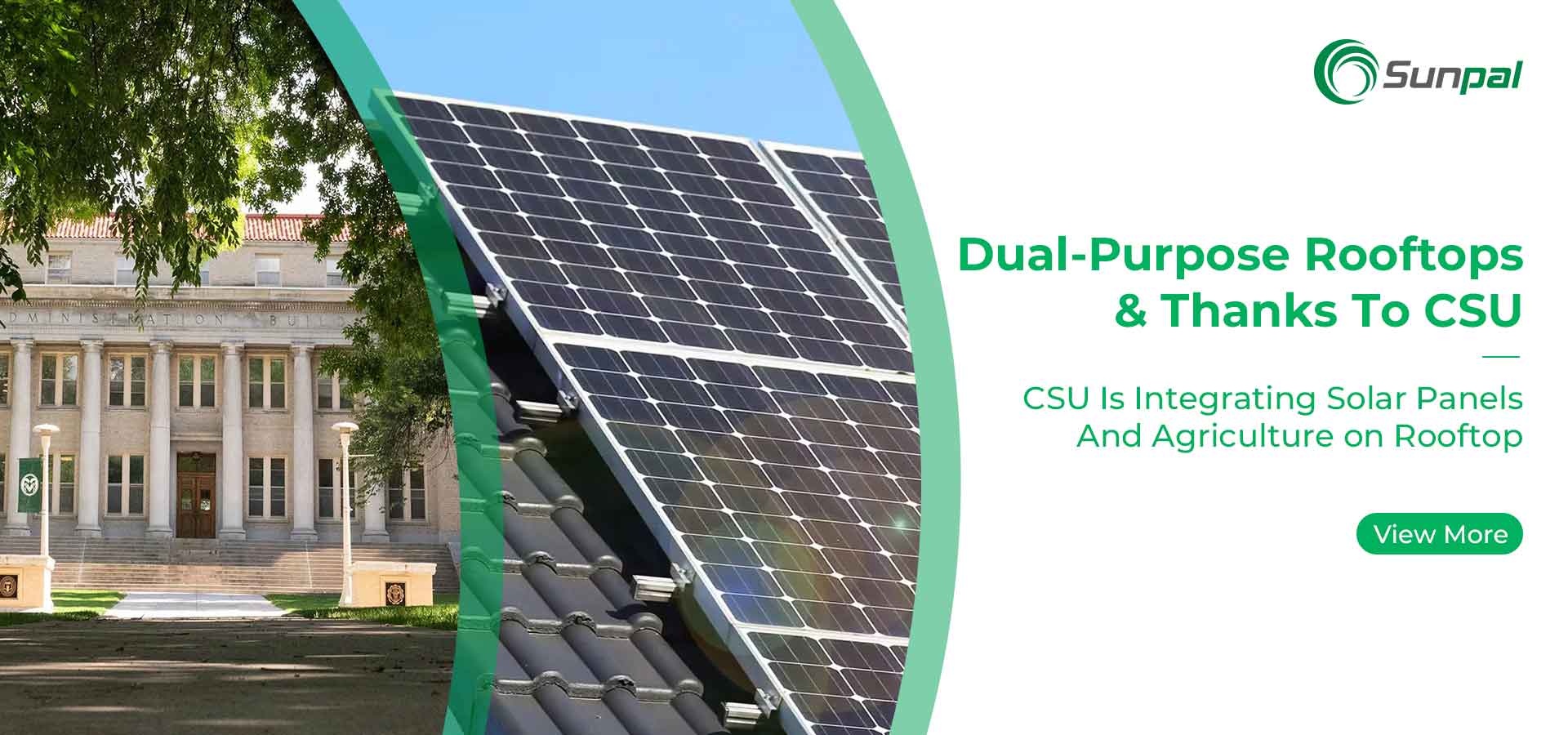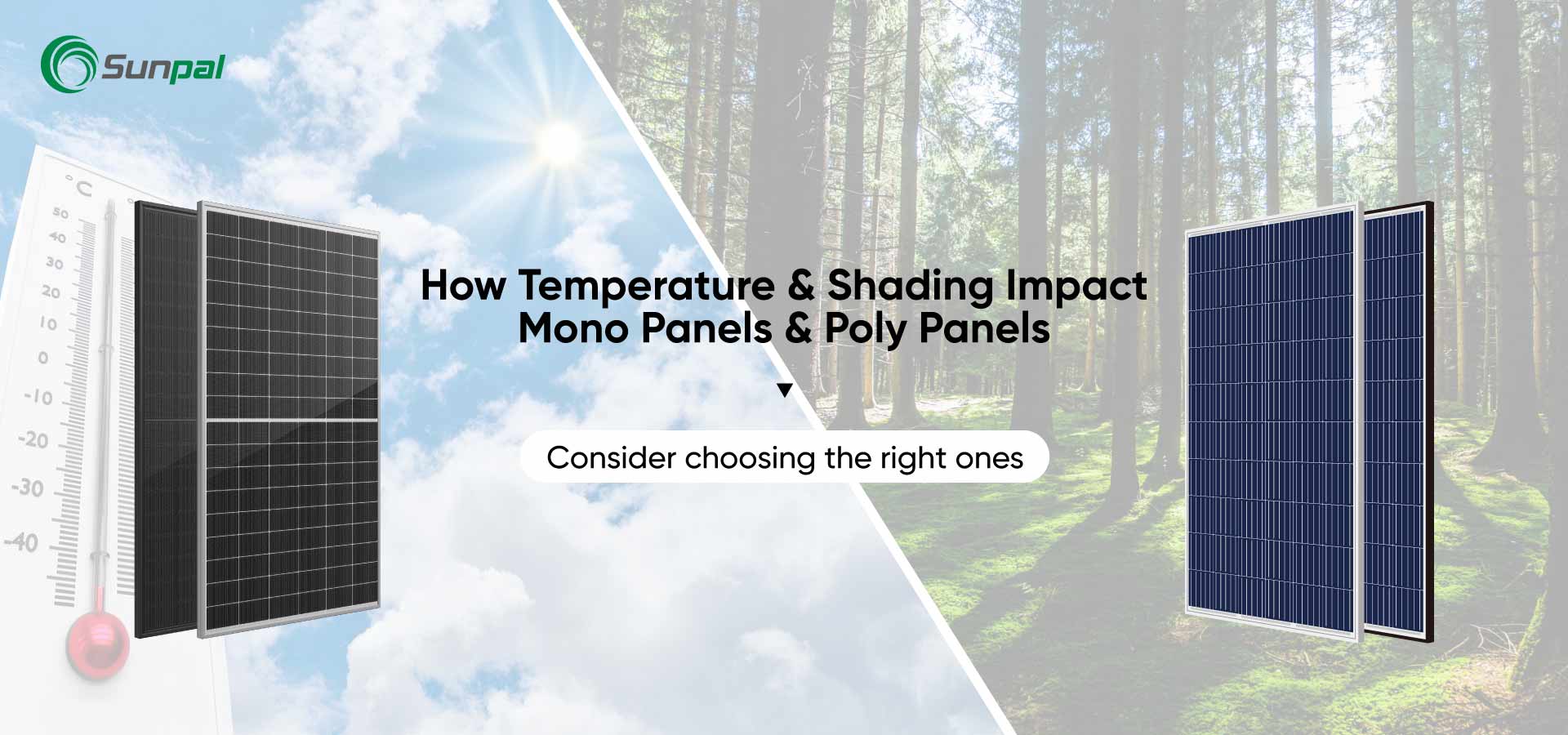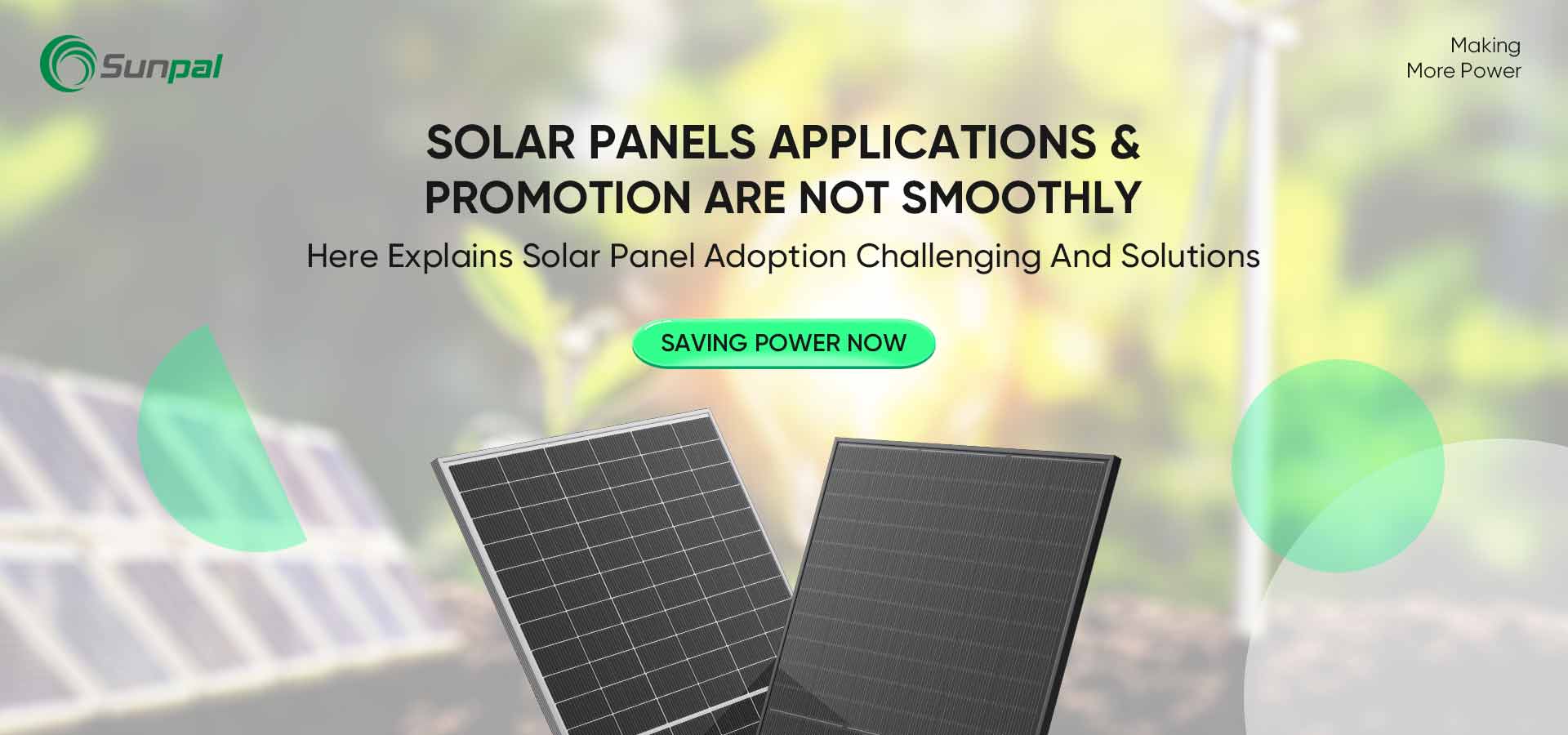2024.Mar
18
Challenging & Overcoming Barriers in Solar Panel Adoption
In the 21st century, the shift towards sustainable and renewable energy sources is no longer a luxury but a necessity. Amidst the myriad of renewable energy sources, solar energy has recently seen significant advancements. Solar panels, meticulously crafted by dedicated solar panels dealers using increasingly efficient technology, are gradually becoming an integral part of our urban and rural landscapes. Yet, the adoption of solar panels is not as widespread as it could be. This blog post aims to delve into the barriers obstructing the path of solar panel adoption and to explore potential strategies to overcome these challenges. The High Upfront Costs One of the most formidable barriers to the widespread adoption of solar panels is the high upfront costs associated with their installation. These costs can be quite daunting and may deter individuals, businesses, and even some governments from investing in solar energy, despite the undeniable long-term benefits and savings. However, all is not lost. There are solutions available. Government incentives, tax credits, and various financing options are making solar panels more affordable and accessible to the masses. For example, net metering programs allow homeowners to sell excess solar energy back to the grid, significantly reducing their electricity bills and accelerating their return on investment. Additionally, solar panels suppliers are also consistently striving to reduce costs and improve efficiency, making the initial investment more manageable and appealing. Regulatory Hurdles The path towards mass solar panel adoption is not devoid of regulatory challenges. Complex permitting processes, drawn-out inspections, and numerous regulations can significantly slow down installations and discourage potential adopters. Streamlined and standardized regulations that simplify the process and encourage more widespread adoption are urgently needed. This calls for the collaboration between policymakers, regulators, and solar panels manufacturers to transform this vision into a reality. One potential solution is the implementation of "one-stop-shop" permitting processes, where all necessary approvals can be obtained through a single entity, reducing bureaucratic red tape and expediting installations. Lack of Public Awareness Unfortunately, a lack of public awareness and understanding regarding solar energy often hinders its mass adoption. Misconceptions, misinformation, and a general lack of knowledge create barriers that prevent individuals and businesses from fully embracing solar panels. This is where the role of education and outreach programs becomes paramount. Schools, colleges, universities, and community centers need to incorporate programs that focus on increasing public awareness and knowledge about the benefits and technical aspects of solar energy. These programs can dispel common myths, showcase real-world examples of successful solar installations, and provide clear and concise information abo...
Read More
